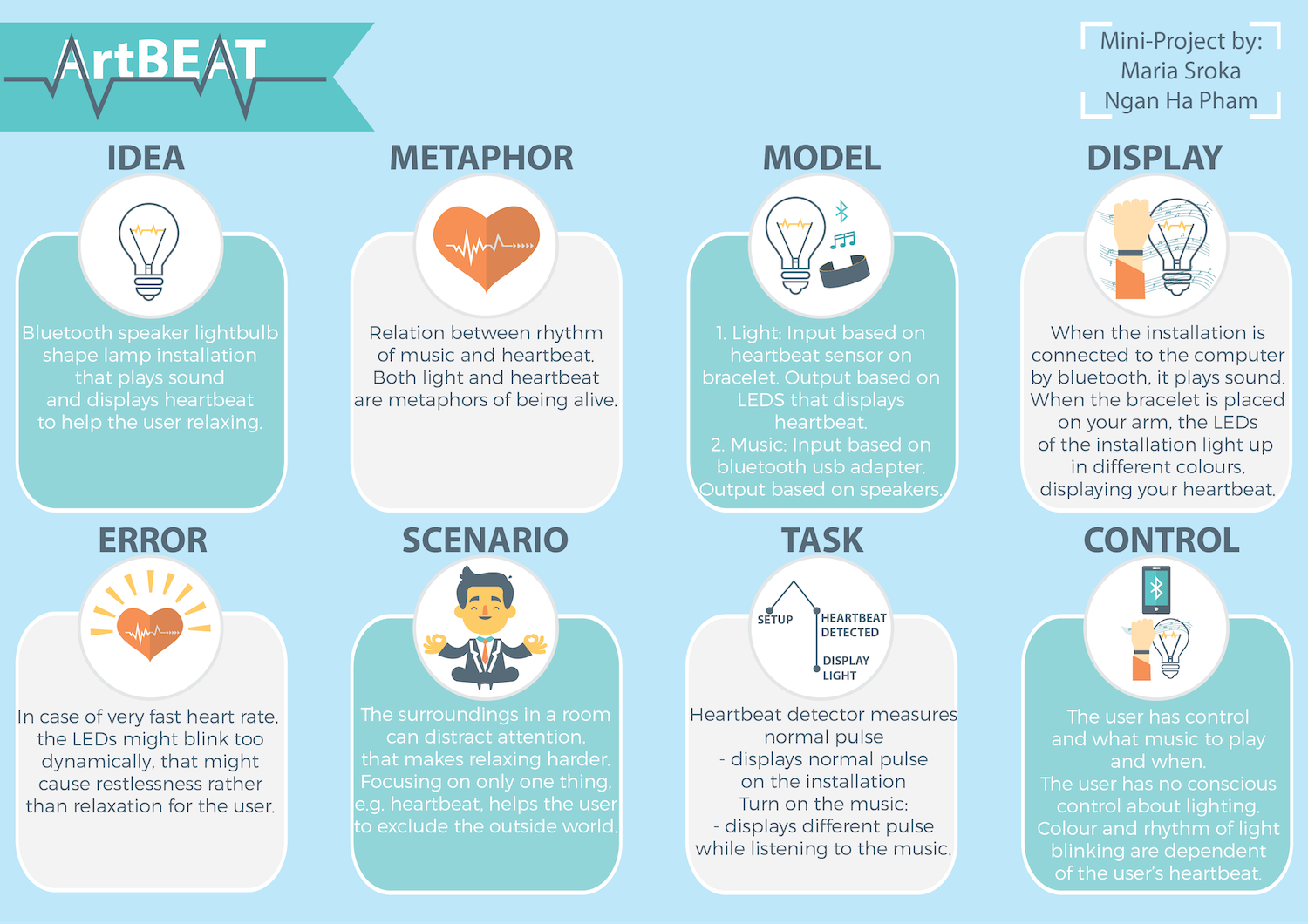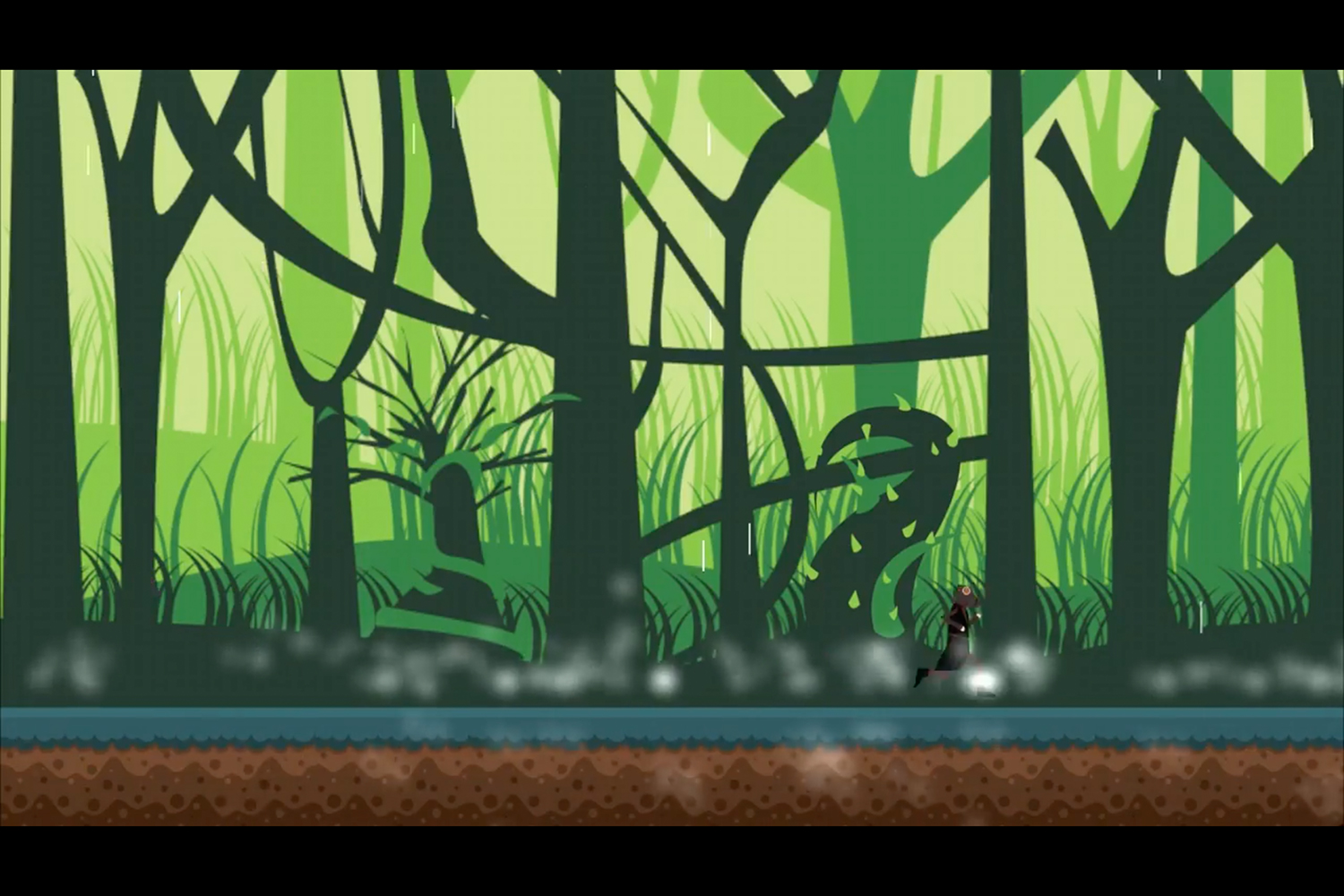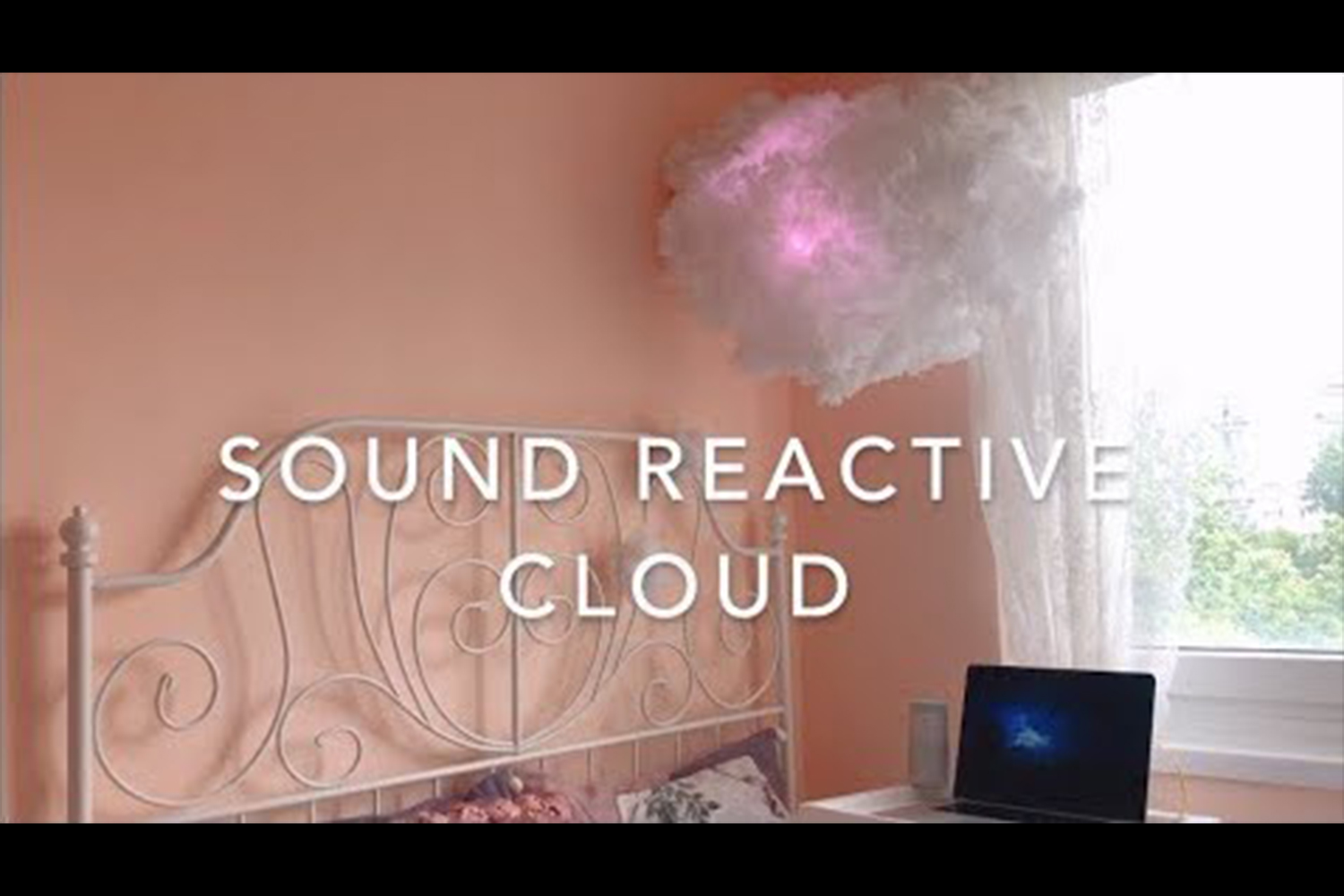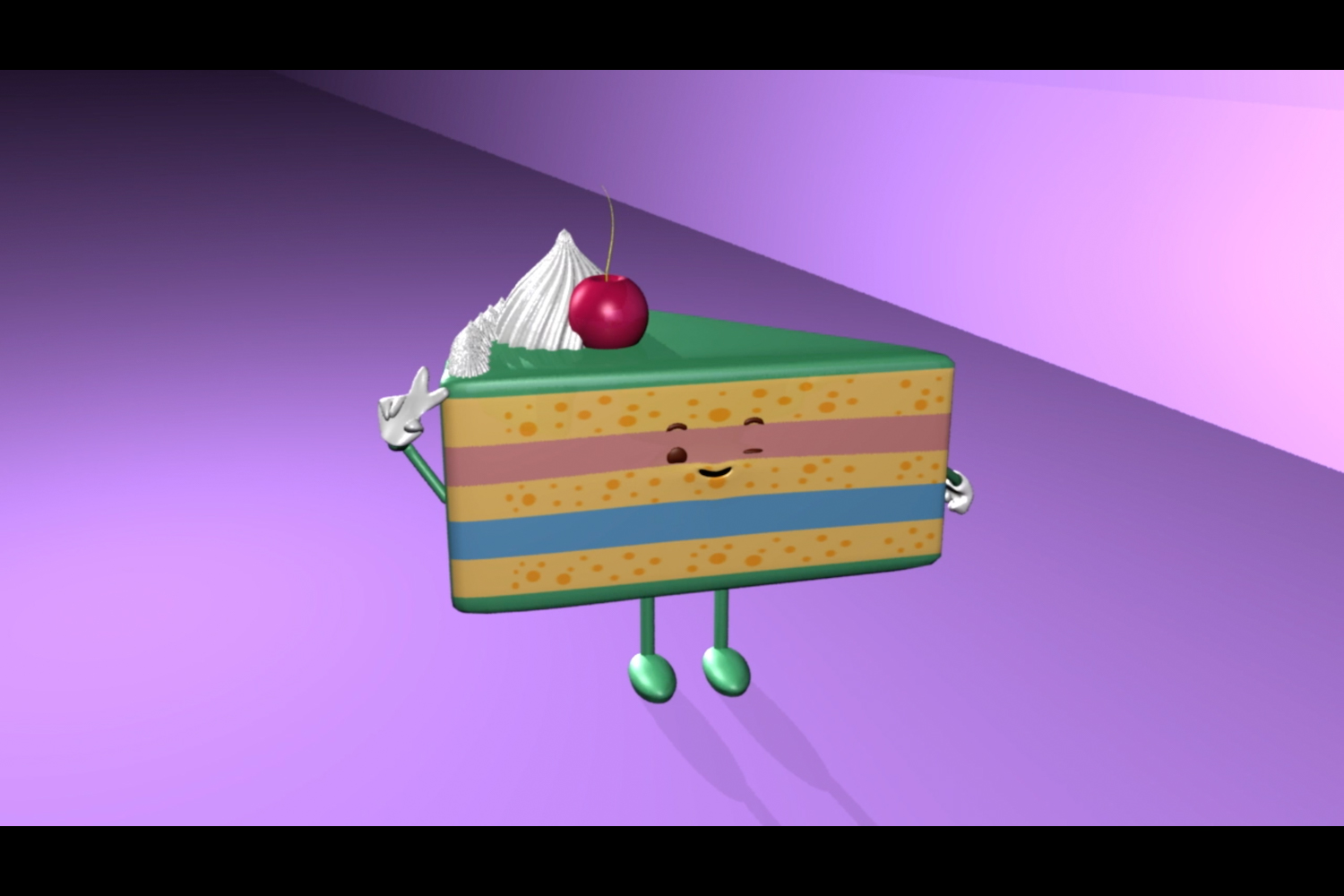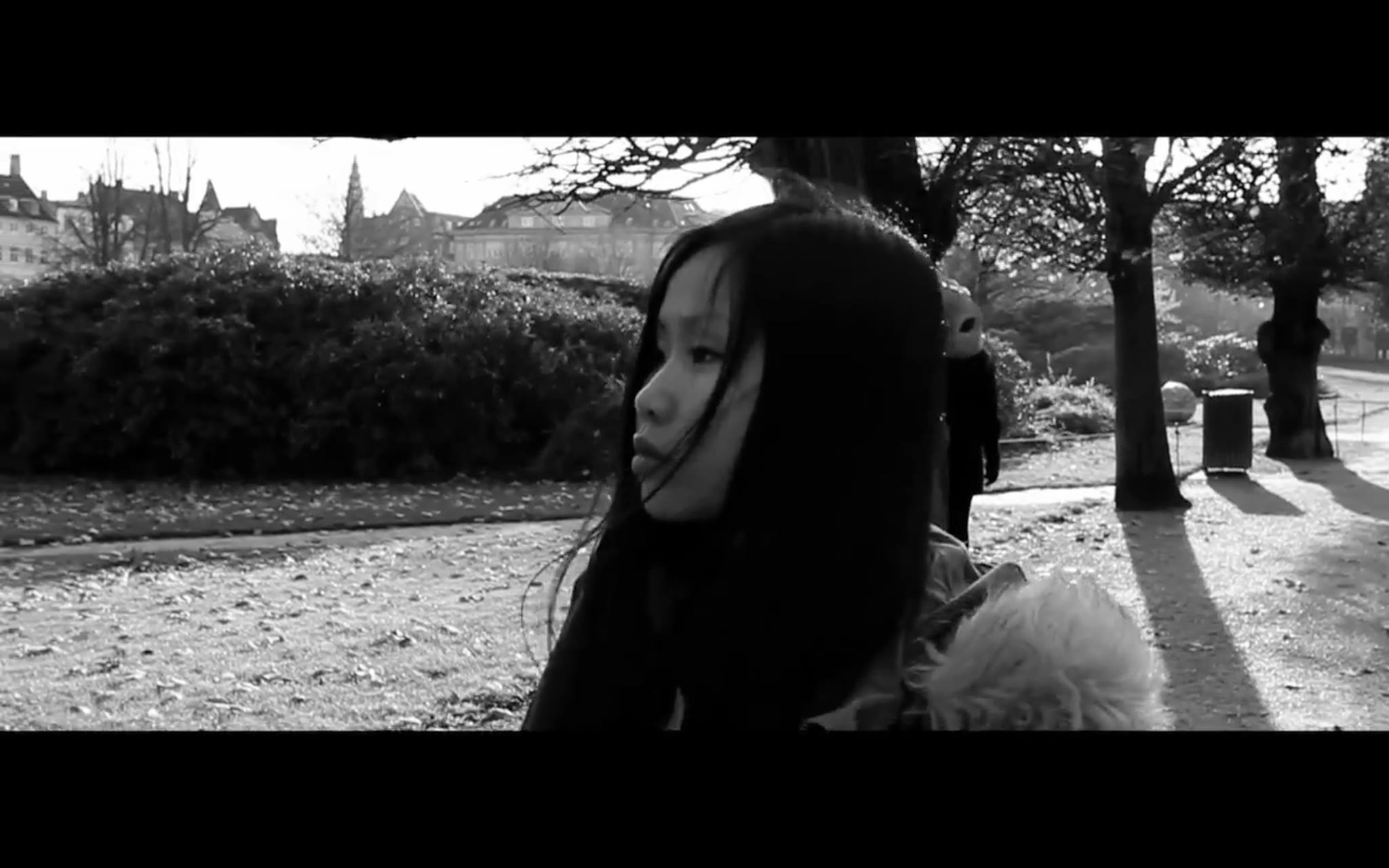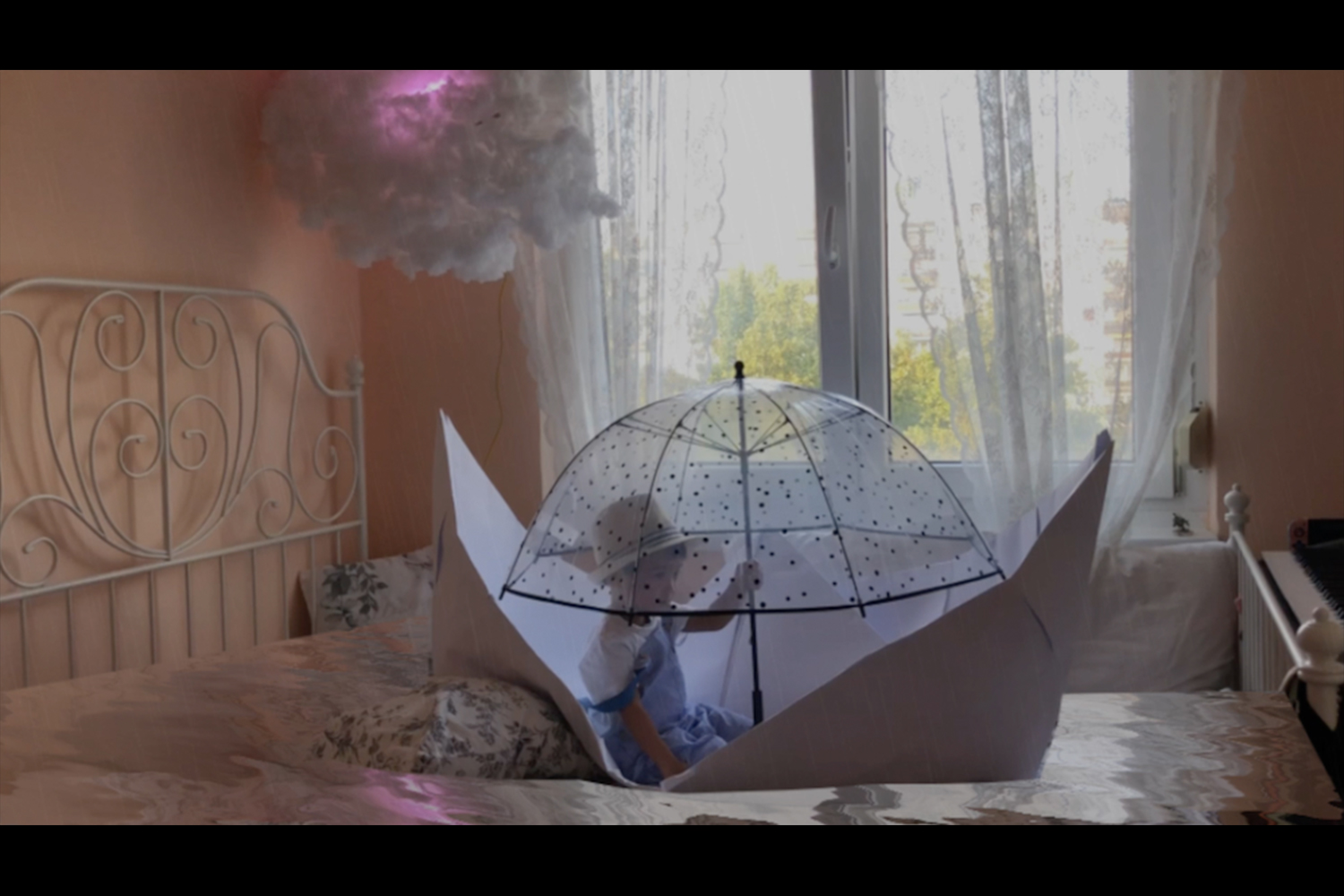
Landing...







Aalborg University Copenhagen
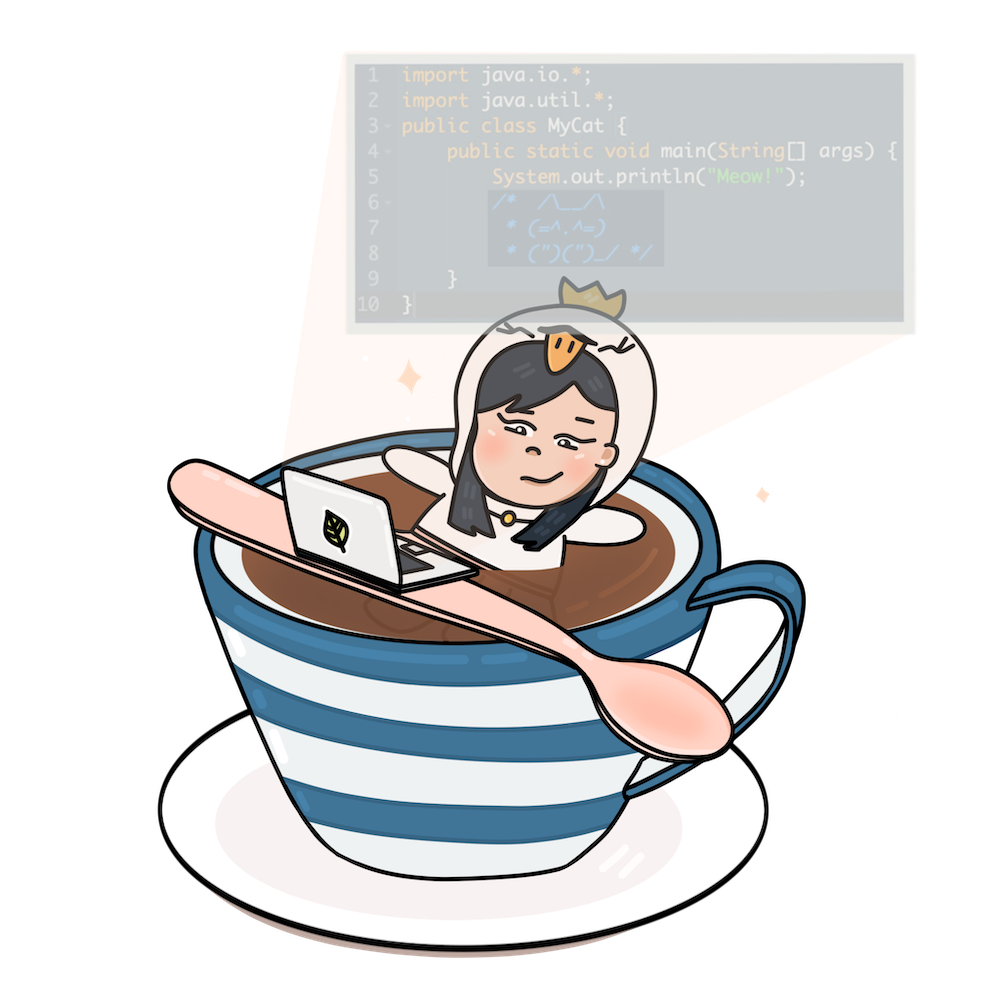
Medialogy is about human-computer interaction, interaction design, programming, film, sound, computer graphics and sensor technology. It combines technology and scientific experiments with focus on both hardware and software in designing new products and tools for use within media technology. The purpose of the programme is to educate students in technology and software development in the modern media and experience industry.
Project Theme: Designing from Both Sides of the Screen
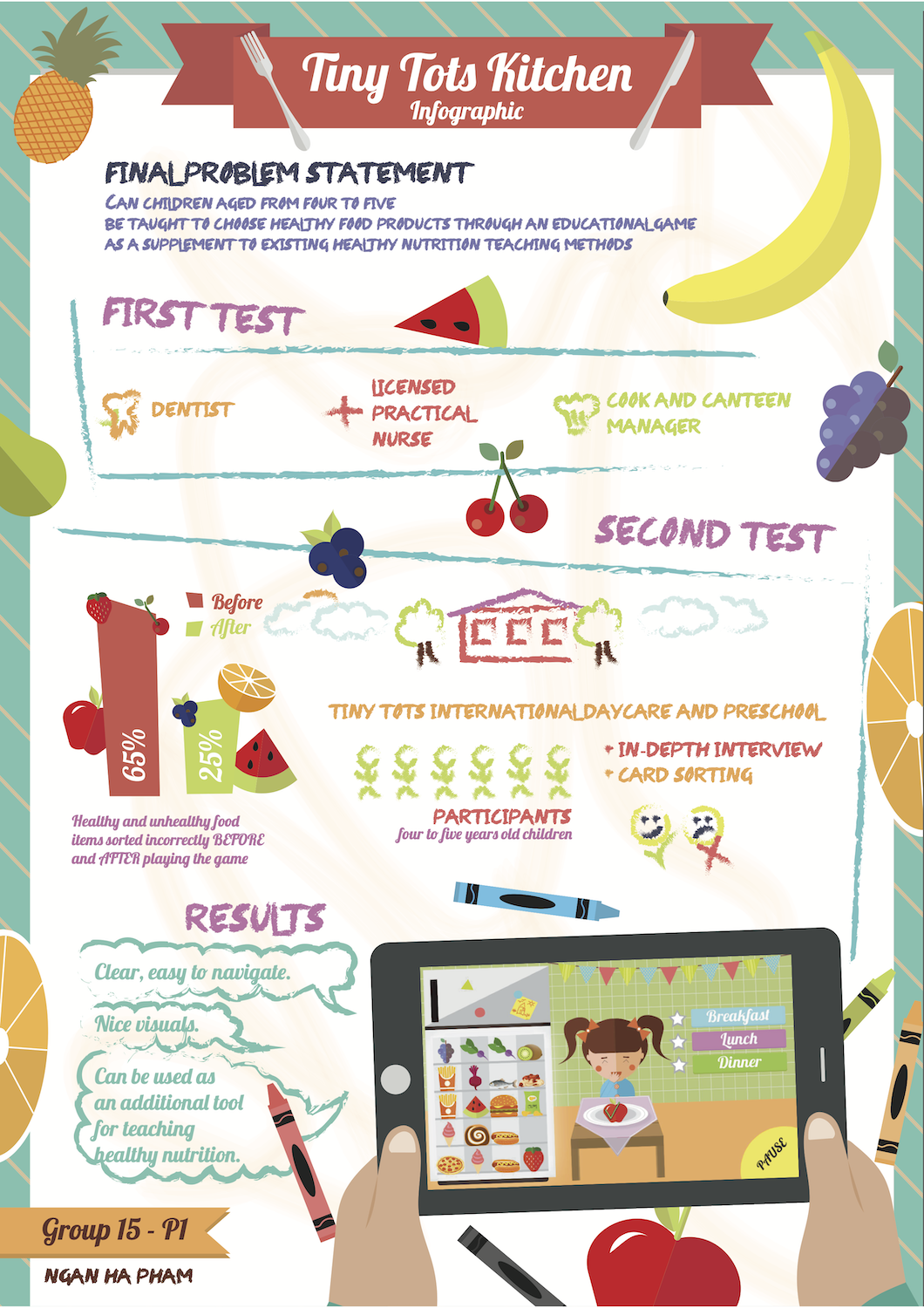
Nowadays, a lot of children and adults are suffering from unhealthy nutrition caused diseases. The purpose
of this project is to
make the most suitable computer game that could be used as a supplement to other healthy nutrition learning tools
which
would teach children to distinguish healthy food. The areas we researched included dilemma of healthy nutrition,
computer games, children using digital devices, designing for children, what kind of colours and fonts could be most
effective to use, what kind of style would be the most appropriate. The learning game itself was made mainly using
Adobe
Illustrator and Processing. Two tests were carried out to check whether the game could be used as a learning tool and
its usability. First test was an interview with three specialist working in health sector and the second test was with
kindergarten kids aged from 4 to 5. After the test a few elements that have to be redesigned were found. The main
flaws
of the game were the ones related to its tablet friendliness. In order to state with hundred percent certainty that
the
game could be used as a healthy nutrition learning tool more tests with more participants should be carried out.
Demo Video >>
Eyrun, Pijus, Solveiga, Mikki, Hani
Project Theme: Technology Assisted Training and Rehabilitation
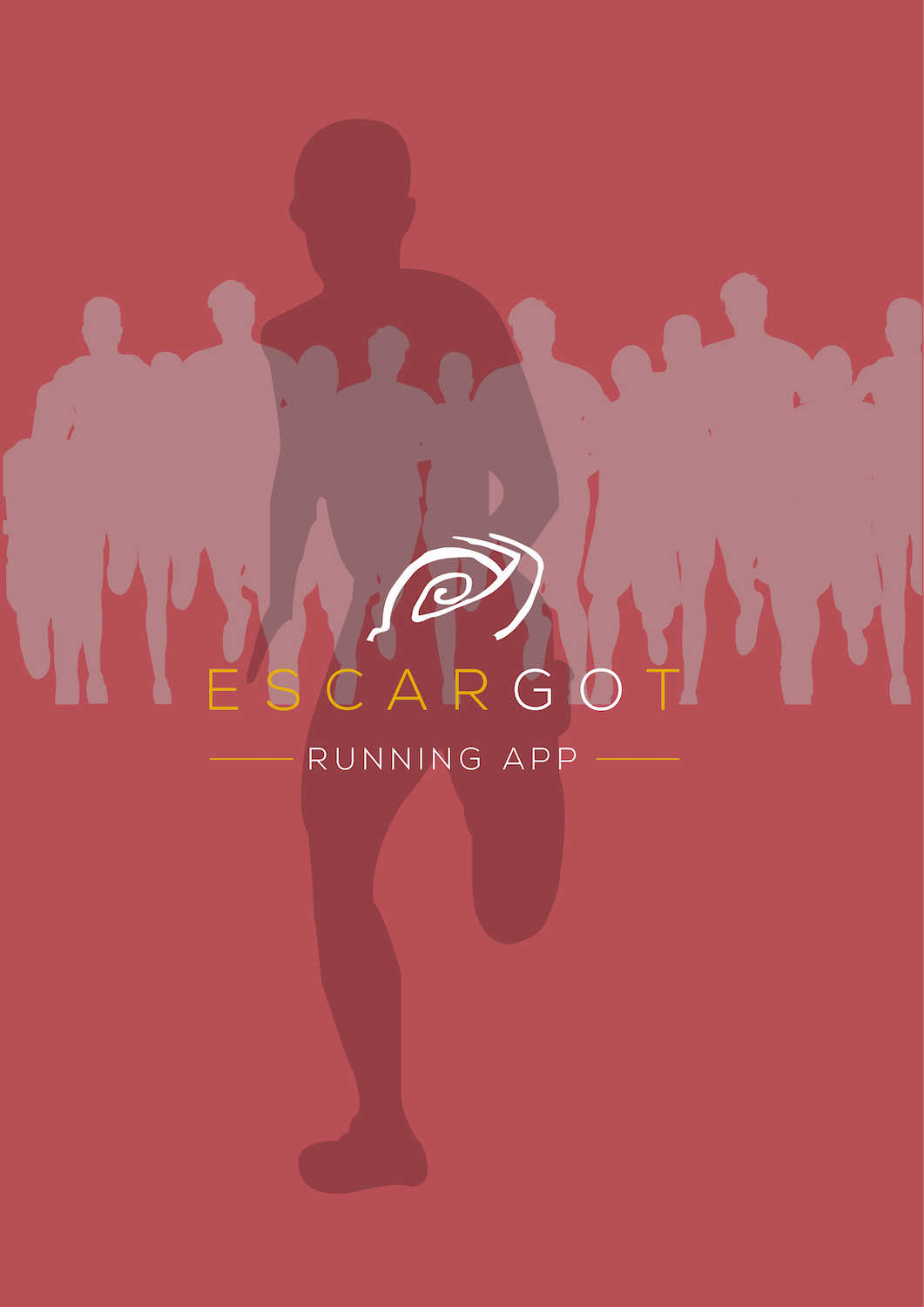
This project investigates whether it is possible to get inactive Danish children without disabilities within the age of
12-15 to exercise more through a mobile application.
Through analysis and research, the decision was made to create a step counter app. The goal was to motivate children by
adding elements of gamification, such as achievements and a leaderboard.
Based on analysis and research on motivation, gamification, state of the art, and a questionnaire given to 114 students
in the age of 9-19, a design for a prototype was created.
A test was created on the children within the target group to determine the motivational value of the prototype and a
regular step counter. The results showed that the participants were motivated by the concept of the app, but that it was
lacking some social features for them to be motivated in the long run.
Finally, the research of the problem and the discussion of the results led to a final conclusion of the project and
future works for the product.
Imi, Melanie, Nikolaj, Hani
Project Theme: Individual Holographic Displays for Enhanced Social Interaction

This study involves the creation of a media technology artifact that allows more than one participant to play music
together. The target group will be Danish children in the age of 12-14, who share a common interest in music. The study
will examine different aspects of interaction and look at the possibility of using hand tracking and holographic
displays for creating a digital music interface while keeping human perception in mind. The study will draw
inspiration from ReacTable as well as other relevant products. The researchers will create a digital music interface
using a holographic display for visuals and hand tracking for controlling the interface based on the findings of the
analysis. A summative evaluative approach will then be used to test the product. The test results will be discussed
and evaluated in order to conclude if the product was able to meet the final problem statement.
Kristian, Mark, Mikki, Thea, Hani
Project Theme: Interactive System Design
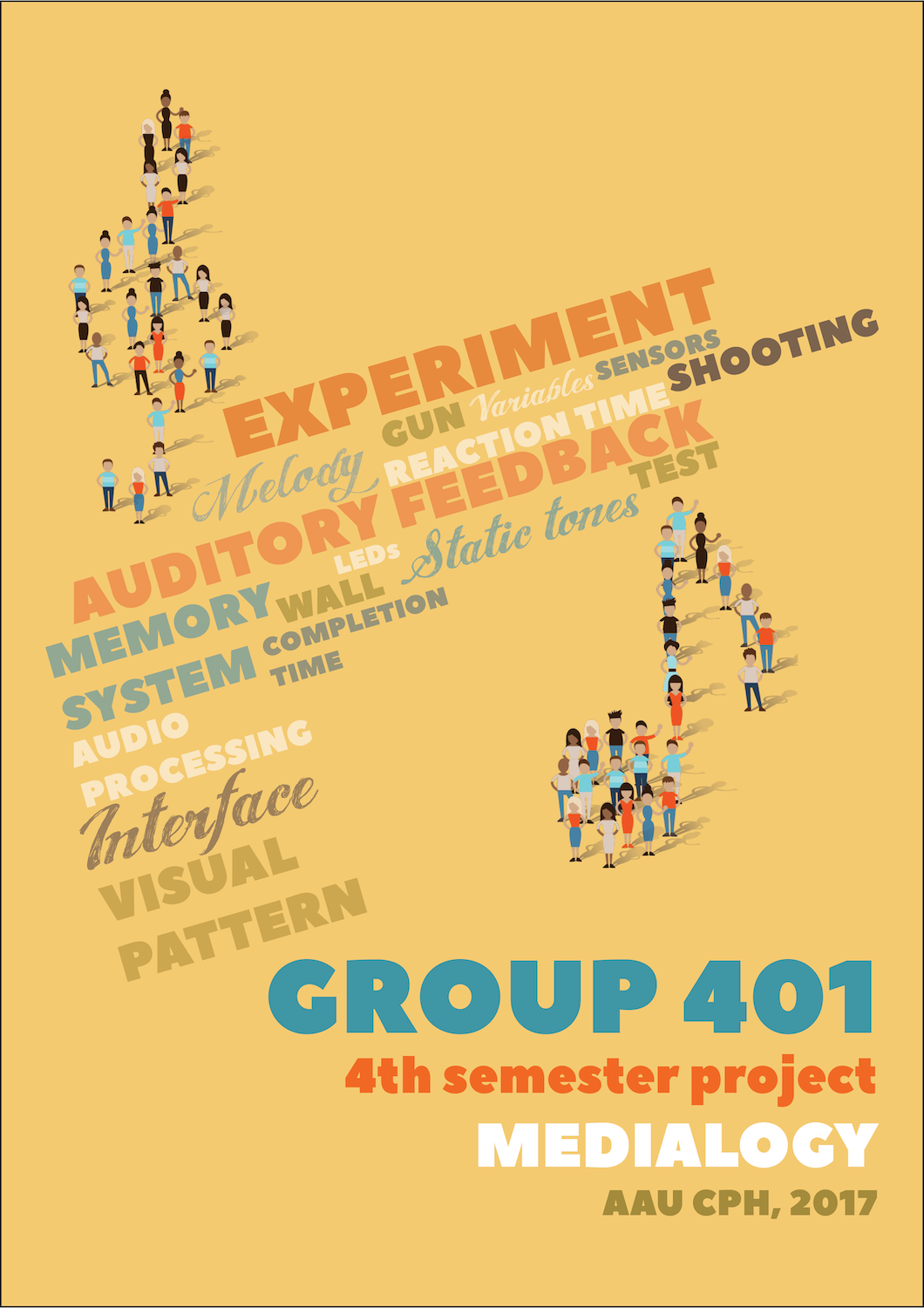
This project investigates whether melodic tones as auditory feedback compared to static auditory feedback can enhance
visual pattern recognition. Through analysis of subjects such as human hearing- and memory systems, pattern recognition,
state of the art research, experimental variables, and technical aspects of sensors and equipment, an experiment was
designed to answer the aforementioned problem. A between-group test was conducted on 50 participants in the age group of
18-30 years old with 25 participants in each group to determine whether a condition with melodic tones improves
reaction- and completion times faster compared to a condition with static tones. The results showed no significant
difference between reaction and completion times in the two conditions. Finally, investigation of errors and flaws
from the test and a discussion of the results lead to a final conclusion of the project, possible redesign and future
works for the product.
Imi, Mark, Melanie, Nikolaj, Hani
Project Theme: Audio-Visual Experiments
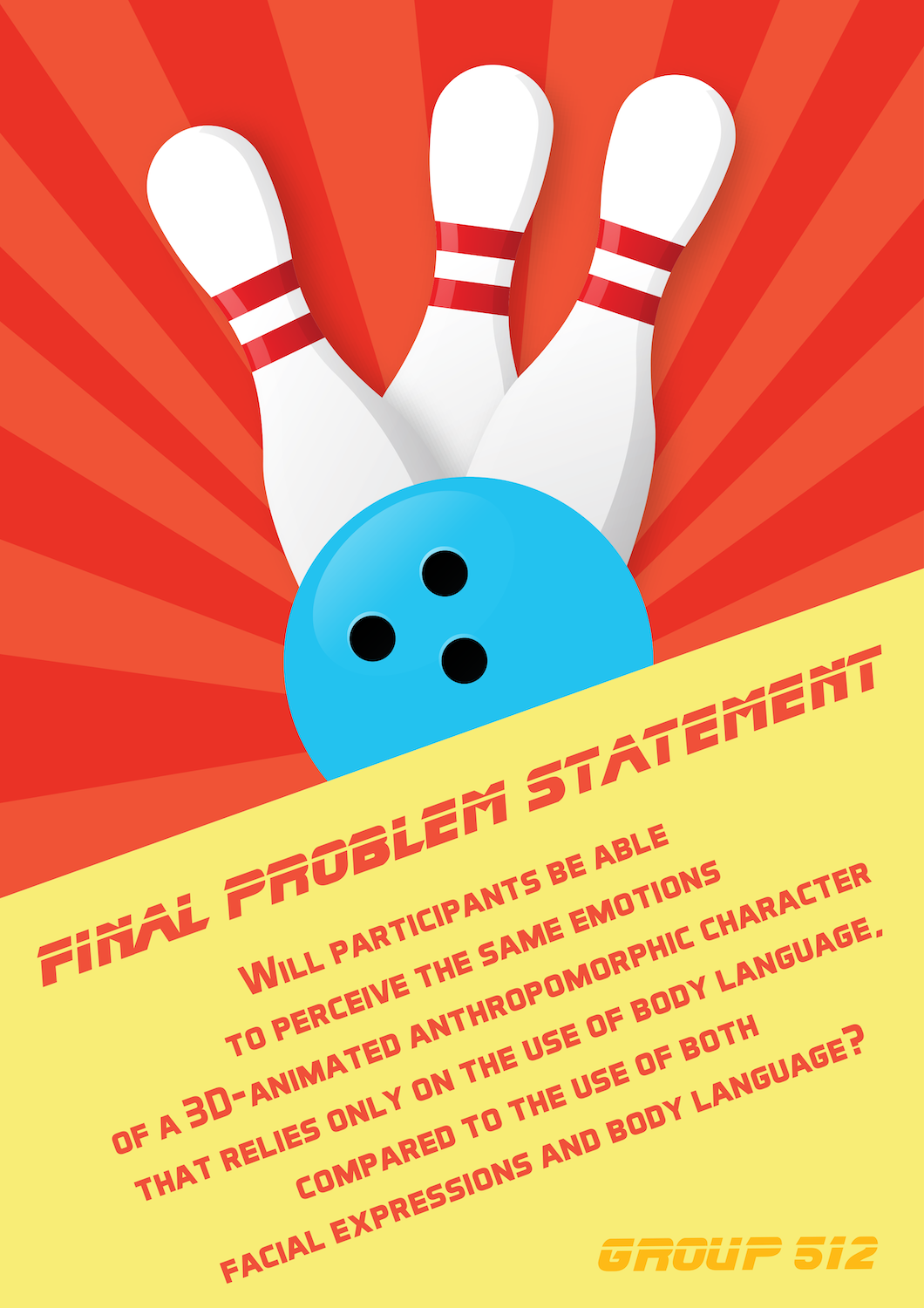
Humans perceive emotions not only verbally but also non-verbally, through the use of facial expressions and body
language. It is debated however which method is better at doing so.
This project investigated whether participants would be able to perceive the same emotions of a 3D-animated
anthropomorphic character relying only on the use of body language, compared to one using both facial expression and
body language.
Through analysis of subjects such as expression of emotions, animation techniques, anthropomorphism in animation, state
of the art research, and mise-en-scène, an experiment was designed to answer the aforementioned problem.
Between-group testing was used on 50 participants divided to two groups of 25 people - the experimental group was shown
the version with only body language, and the control group the version with both body language and facial expressions.
The results showed a statistical difference between the groups.
Finally, investigation of errors and flaws from the test and discussion of the results lead to a final conclusion of the
project, possible redesign and directions for future works.
Imi, Mark, Melanie, Nikolaj, Hani
Project Theme: Interactive Systems Design
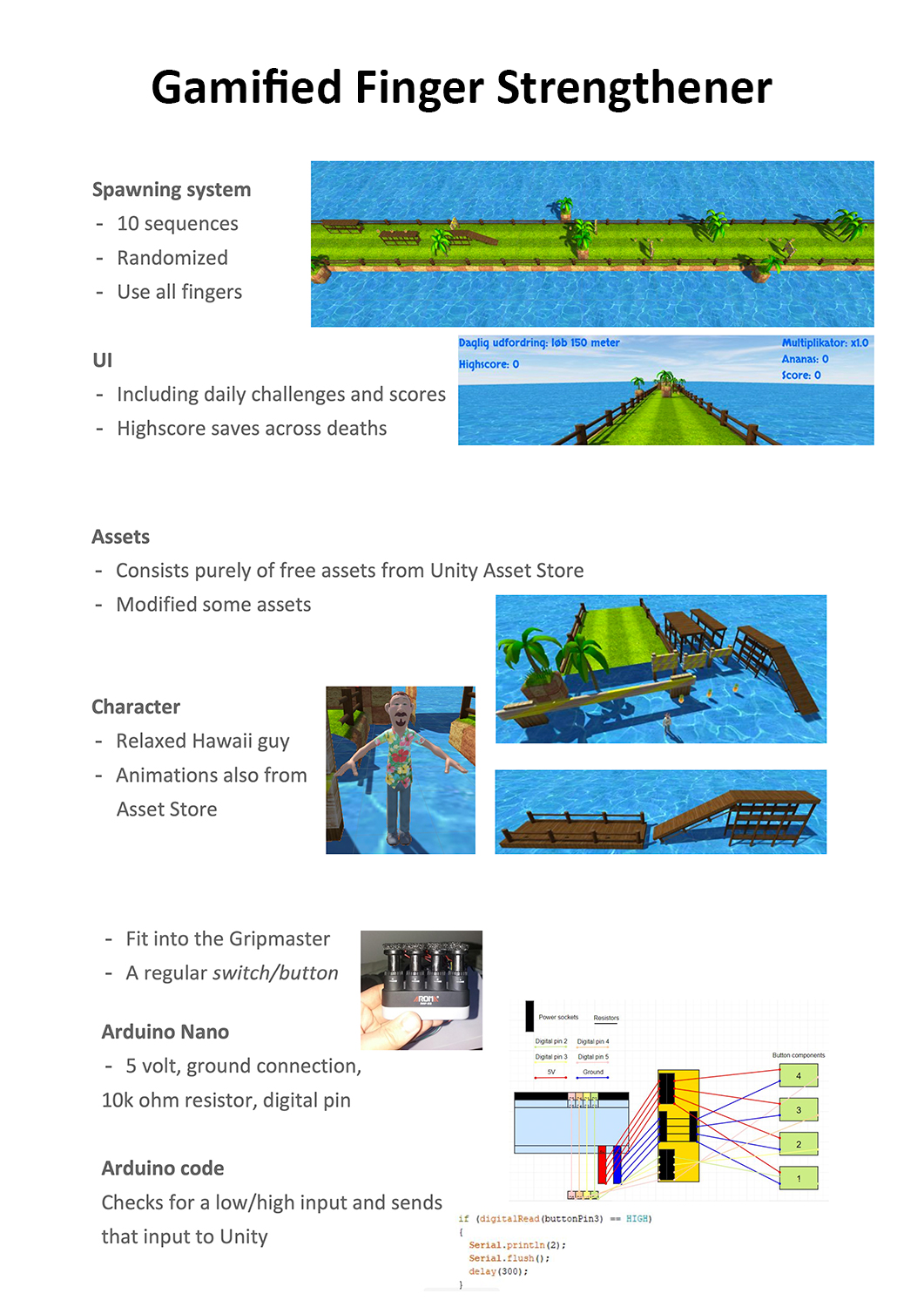
Injuries to the hand affect everyday life and our ability to live independently. Different kinds of injuries limit
patients in different ways, but to recover it is important to take part in rehabilitation and perform therapeutic
exercises.
This project investigated whether or not patients would find a game controlled by a hand exercise tool to be more
motivating than regular exercising.
Through analysis of subjects such as the important factors of hand therapy, different hand injuries and exercises,
gamification, and state of the art research, an experiment was designed to answer the aforementioned problem.
Participants who were participating in rehabilitation from hand injuries were recruited and were interviewed about the
subject through a semi-structured interview, and asked to fill out a questionnaire. An ergo therapist was also
interviewed regarding their opinion on the product’s usefulness.
The results showed that the product would be more motivating for participants than regular exercise.
Finally, investigation of errors and flaws from the test and discussion of the results lead to a final conclusion of the
project, possible redesign, and directions for future works.
Imi, Melanie, Nikolaj, Hani

